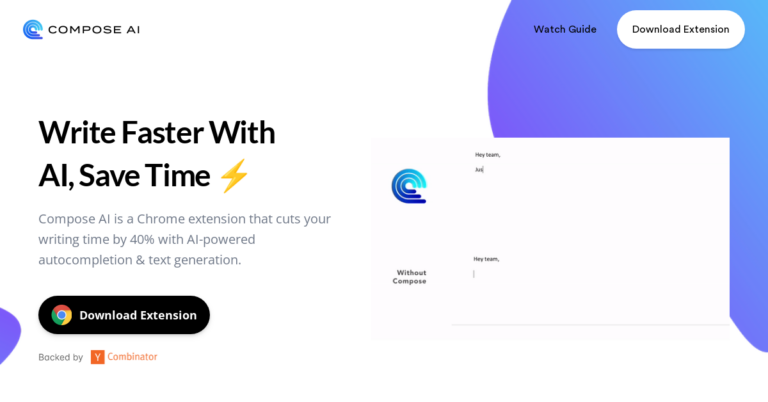The rapid advancements in artificial intelligence (AI) have led to groundbreaking innovations in various fields, and one particularly fascinating area of exploration is the intersection of AI and human emotions. OpenAI, a leading research organization in the AI space, has been instrumental in the development of AI models capable of understanding and generating human-like emotional responses. In this blog post, we will delve into the potential applications of OpenAI in the realm of emotions and discuss the implications of emotionally intelligent AI systems.
Emotion Recognition with OpenAI:
One of the key applications of OpenAI in the context of emotions is emotion recognition. By leveraging natural language processing (NLP) techniques, AI models like GPT-3 can analyze text inputs to discern the underlying emotions behind the words. This capability has far-reaching applications in industries such as customer service, mental health, and entertainment, among others.
Here are a few examples of how OpenAI can be harnessed for emotion recognition:
- Customer sentiment analysis: Businesses can use OpenAI to analyze customer feedback and social media comments to gain insights into their customers’ emotions, enabling them to identify pain points, improve products or services, and enhance overall customer satisfaction.
- Mental health support: OpenAI can be used to develop chatbots that recognize and respond to users’ emotional states, offering personalized support and resources for individuals dealing with mental health issues.
- Interactive storytelling: In the entertainment industry, OpenAI can be employed to create more immersive and emotionally engaging narratives by analyzing and responding to the emotions of the audience in real-time.
Generating Emotional Content with OpenAI:
Beyond emotion recognition, OpenAI can also be used to generate emotionally-rich content. AI models like GPT-3 can be fine-tuned to produce text that elicits specific emotional responses in readers, creating more engaging and relatable content across various mediums.
Some potential applications of emotionally intelligent content generation include:
- Marketing and advertising: OpenAI can be employed to craft emotionally compelling copy for marketing campaigns and advertisements, leading to increased engagement and conversion rates.
- Personalized content: AI-generated content can be tailored to resonate with specific emotions, creating a personalized experience for users based on their preferences and emotional states.
- Artistic expression: Writers and artists can leverage OpenAI to generate emotionally-charged prose, poetry, or dialogue, adding depth and nuance to their creative works.
Ethical Considerations and Challenges:
As we explore the exciting possibilities of emotionally intelligent AI, it is crucial to consider the ethical implications and challenges that arise. Issues such as data privacy, the potential for manipulation, and the risk of AI reinforcing negative emotions or biases must be addressed to ensure the responsible development and deployment of emotion-focused AI systems.
In conclusion, the intersection of OpenAI and emotions presents a vast array of opportunities to enhance our understanding of human emotions and create more emotionally resonant experiences across various industries. However, it is essential to approach this new frontier with caution and responsibility, addressing the ethical concerns and challenges that emerge along the way. By doing so, we can unlock the true potential of emotionally intelligent AI systems and create a more empathetic and connected world.



